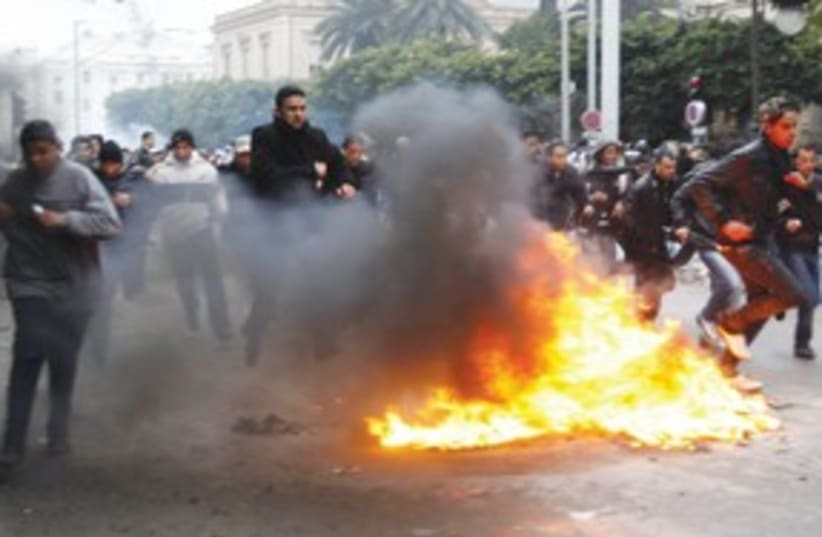The writer is the executive director of the Washington Institute for Near East Policy.
The Arab uprisings, one year on
Several dictators deposed in 2011, but much remains the same in the Arab world.

The writer is the executive director of the Washington Institute for Near East Policy.